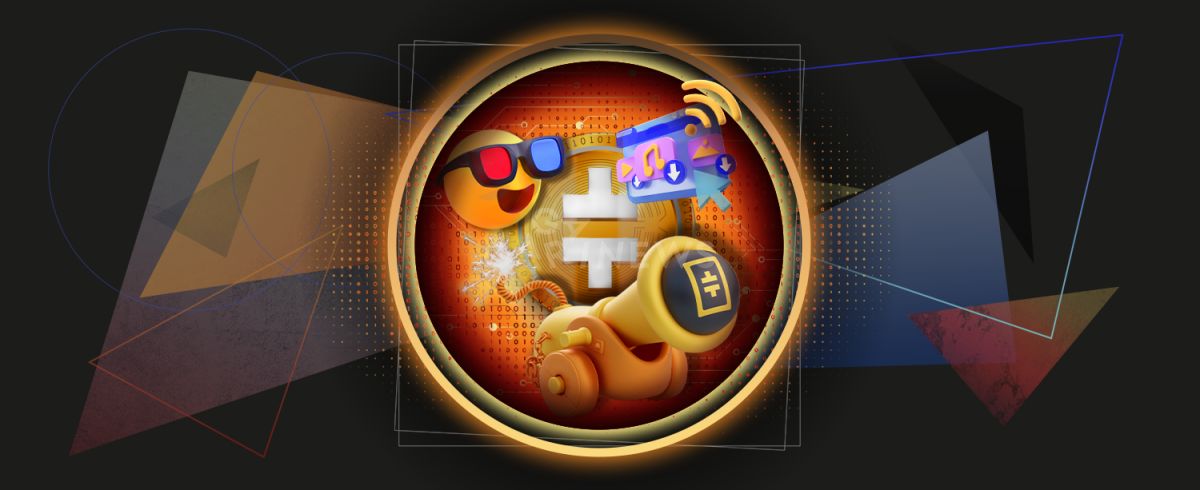What is Theta Network, how does it work, and what does it solve?

Theta Network is a decentralized blockchain infrastructure for video streaming and other multimedia content.
On this page
Theta Network is a blockchain consisting of two networks: Theta Blockchain and Theta Edge Network. The first is in charge of internal payments, smart contract execution, and participant rewards. The second was designed for the storage and delivery of multimedia.
The distributed ledger is open source, enabling media company developers to create decentralized apps that can deliver any kind of content (movies, TV series, online games, podcasts, music, live streams, and educational programs).
The project was launched in 2018. A former executive at Gameview Studios and Tapjoy, Mitch Liu currently serves as the company's CEO. The co-founder and CTO is Jieyi Long, former co-founder of MadSkill Game Studios. Theta gathered a team of experts from Netflix, Amazon, Samsung, Vimeo, and Salesforce.
Companies such as Lionsgate, MGM Studios, NASA, Google, Sony, and SAA have established partnerships with blockchain. Video platforms that have integrated Theta include Trusted Media Brands, CONtv Anime, Party Poker, Cinedigm, Samsung VR, and more. The project investors are Sierra Ventures, Sony Innovation Fund, Bertelsmann Digital Media Investments (BDMI), and Creative Artists Agency (CAA).
Theta Home Page.
What problem does Theta solve?
The “last mile” is a global infrastructure challenge related to centralization in the traditional video streaming industry.
The CDN network that delivers content to viewers on traditional streaming services has a limited number of databases that cannot be located near all users. As a result, some people may experience interruptions, as well as poor audio and visual quality.
Theta solves this issue with the blockchain, which enables participants to share their free resources and computing power to process and deliver media for a fee. The best distribution occurs when viewer devices are kept closer to one another than to CDN servers.
Furthermore, by connecting to the blockchain, content producers receive additional income and reduce their expenses by 50-70%.
Metachain: Theta's new technology
Metachain, a new component of Theta's infrastructure, was introduced in December 2022. This is an additional blockchain with an infinite number of networks connected to it and the main chain. The prefix “meta-” indicates that the project's architecture will develop into something comprehensive and go beyond the physical and familiar.
Theta will be able to scale horizontally and achieve instant speed of executing transactions and adding blocks to the data ledger as a result of the innovation. This will make the blockchain more suitable for use in various Web3 fields.
Any developer will be able to use a special set of tools to launch and connect their chain to Metachain without requesting permission. Each sub-chain is responsible for processing transactions independently, but there will be a built-in mechanism for them to exchange information.
The Metachain code can be found on Theta GitHub.
Theta blockchain infrastructure.
Theta tokens
The blockchain runs on two coins – THETA (governance token) and TFUEL (transaction provider).
THETA holders can participate in voting to determine the future development of the project. TFUEL is a token that was created for micropayments, that is, carrying out operations on the network.
Users who share data processing power are rewarded in TFUEL tokens. THETA holders who join the project ecosystem to verify transactions and add blocks to the network can also earn this token.
Features of Theta ecosystem
It is built on a peer-to-peer (P2P) protocol that transmits content and processes transactions, and runs on the PoS consensus algorithm and the Byzantine Fault Tolerance (BFT) multi-level algorithm. As a result, the blockchain achieves both security and high bandwidth.
The network is compatible with Ethereum smart contracts, enabling users to create NFTs, decentralized exchanges, DeFi apps, DAOs, and more.
Theta Network is powered by nodes such as Edge Nodes, Validator Nodes, and Guardian Nodes.
Edge is powered by Theta users who are willing to share their computer's processing power in order to stream content to the viewer. As previously stated, they are compensated with TFUEL tokens for their efforts. There are over 9,000 of these nodes in the network.
Validators are nodes that media companies are in charge of. They are involved in transaction processing and adding blocks to the chain. You must stake THETA tokens in order to become a validator. Companies like Google, Samsung, Creative Artists Agency, and Sony are examples of nodes of this type. There are 25 of them in total.
Guardians are defensive security nodes that manage the community. They check the work of the validators, providing security and supporting the consensus mechanism.
The blockchain also has an off-chain pool of micropayments to optimize the network's main operations. It allows users to withdraw tokens from the network, offloading the blockchain and allowing it to be productively used for basic tasks.
Furthermore, Theta launched the NFT-focused ThetaDrop project, which includes a native TDROP token. EdgeStore, Edge Streaming, Storage, and Compute, a decentralized Theta Video API for encoding, storage, and relaying, will be among the blockchain-based applications that launch in 2023.
The content on The Coinomist is for informational purposes only and should not be interpreted as financial advice. While we strive to provide accurate and up-to-date information, we do not guarantee the accuracy, completeness, or reliability of any content. Neither we accept liability for any errors or omissions in the information provided or for any financial losses incurred as a result of relying on this information. Actions based on this content are at your own risk. Always do your own research and consult a professional. See our Terms, Privacy Policy, and Disclaimers for more details.



























